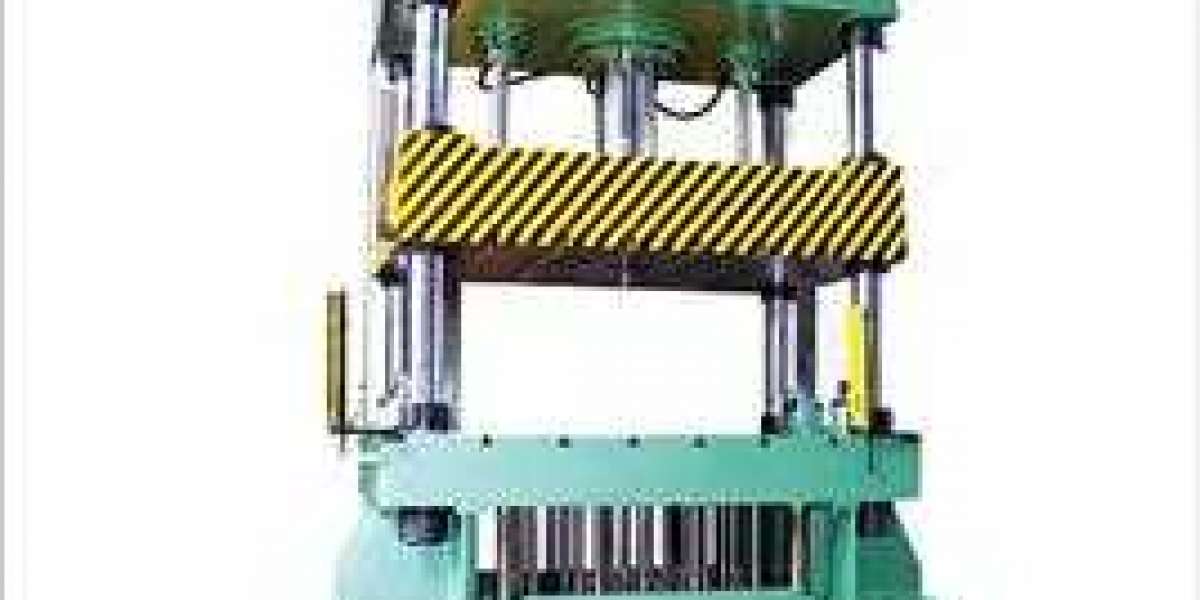In the realm of industrial machinery, few contraptions stand as stalwart symbols of power and precision quite like the hydraulic press. These behemoths of engineering utilize hydraulic pressure to compress or mold materials, unleashing forces that can shape metal, plastic, or even composite materials with remarkable efficiency and accuracy. From automotive assembly lines to aerospace fabrication facilities, and across the vast expanse of the construction industry, hydraulic presses reign supreme as indispensable tools of production.
At their core, hydraulic presses harness the fundamental principles of fluid dynamics to generate immense amounts of force. Hydraulic fluid, typically oil, is pressurized within a closed system, exerting tremendous pressure upon a piston or ram. This pressure is then transmitted to a workpiece, often through specialized dies or molds, where it performs its transformative work. The result is a controlled application of force that can bend, shape, or compress materials with astonishing precision.
One of the most striking aspects of hydraulic press is their versatility. Manufacturers and suppliers offer a diverse array of models, each tailored to specific applications and requirements. Whether it's a compact benchtop press for small-scale operations or a towering industrial titan capable of exerting hundreds or even thousands of tons of force, there exists a hydraulic press suited to nearly every need.
In the automotive industry, hydraulic presses play a pivotal role in the manufacturing of vehicle components. From stamping metal body panels to forming intricate parts for engines and transmissions, these machines are the backbone of modern automotive production. Their ability to exert precise, uniform pressure ensures consistency and quality in every part they produce, contributing to the reliability and safety of the vehicles we rely on every day.
Similarly, in the aerospace sector, hydraulic presses are indispensable tools for fabricating structural components, from fuselage panels to wing ribs. The demanding requirements of aerospace engineering demand materials and manufacturing processes of the highest caliber, and hydraulic presses deliver the precision and power necessary to meet those standards. Whether shaping lightweight composites or forging metallic alloys, these machines are integral to the construction of aircraft that soar through the skies with grace and reliability.
Even in the construction industry, hydraulic presses find their place, albeit in a different guise. Here, they may take the form of hydraulic jacks or presses used to lift, position, or compress heavy materials such as concrete or steel beams. In this context, their brute strength is deployed not for precision molding, but for the Herculean tasks of lifting and moving massive loads with ease, making them indispensable allies on construction sites around the world.








